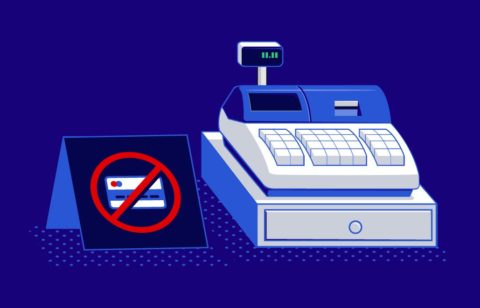What is a simple three-digit number that rules your financial life? It’s your credit score. These scores go from 300 to 850. As you might guess, the closer you are to 850, the better. Conversely, the lower your score, the harder it will be for you to borrow money, get a credit card or an auto loan, rent an apartment or buy a house. If you have a really low score, you’ll might even have to pay more for your auto insurance.
The five parts of your credit score
The whole idea of a credit score was created a company that was once known as the Fair Isaac Corporation but is now just FICO. How it computes credit scores is a very closely guarded secret. However it is known that there are five parts to a credit score. They are as follows:
Payment history: 35%
Credit utilization: 30%
Length of credit history: 15%
Types of credit used: 10%
Recent searches for credit: 10%
What this means
As you can see from these percentages, your payment history and credit utilization have the biggest impact on your credit score. Payment history is basically how well you’ve used credit – have you had any late payments or defaults – or have you always make your payments on time. The 30% for credit utilization is a bit harder to explain. It’s basically the ratio between the total amount of credit available to you and the amount you’ve utilized. A simple example of this would be if you had $10,000 of credit available but had balances totaling $2,000. In this case, you would have a credit utilization ratio of 20%, which would be considered very good.
Recent searches for credit
FICO divide searches for credit (credit applications) into two types. There are hard searches and soft searches. Hard searches are those where you actually applied for some type of credit such as a credit card. Soft searches are those that were initiated by someone seeking to give you credit. For example, when a credit card company searches your credit because it wants to offer you a “pre-approved” card, this is a soft search.
Every hard search results in a ding
Here comes the reason why you shouldn’t apply for multiple credit cards within a short amount of time. It’s because every time you apply for a new type of credit, whether it’s a credit card, a revolving line of credit or an auto loan, this reduces your credit score by three to five points. If you were to apply for four types of credit within a month, this could reduce your credit score by 20 points, which might drop you into a new, lower credit range.
Wait at least six months
If you’ve recently applied for any type of credit, you should wait at least six months before you apply for more. While it might be tempting to apply for a couple of those credit cards that come with cash back and great rewards, it’s much better for your credit score to apply for just one at a time.
Multiple types of credit
If your goal is to build a good credit score, there’s not much you can do about the length of your credit history. It is what it is. However, when you add new credit, you should apply as much as possible for different types – a credit card, an auto loan, maybe a personal line of credit. As you have seen, this represents 10% of your credit score and is an area you could actually influence.





